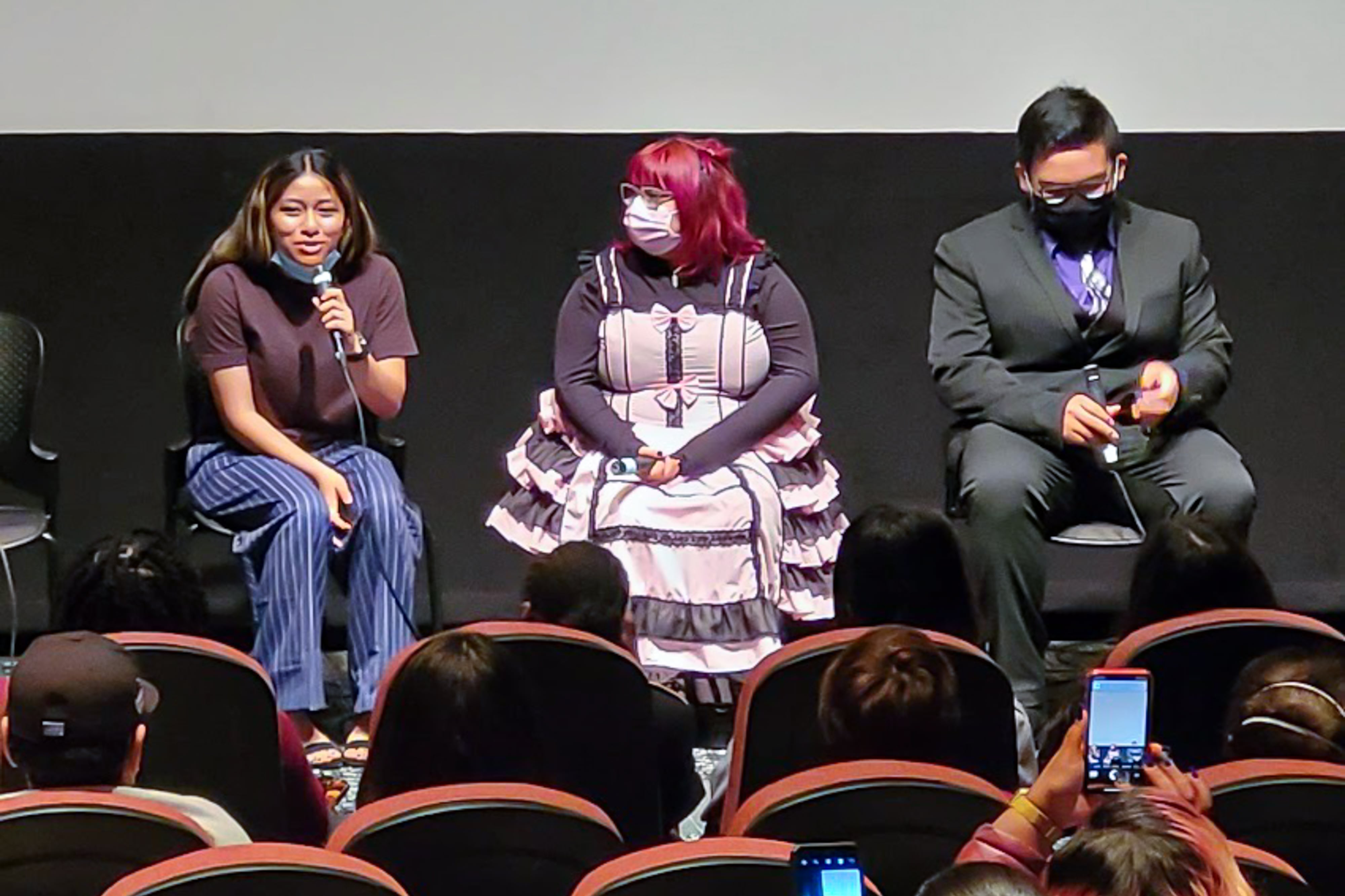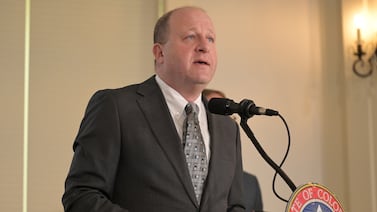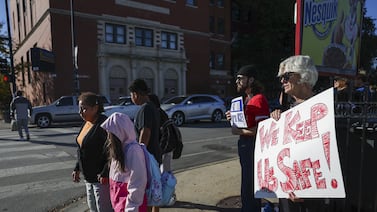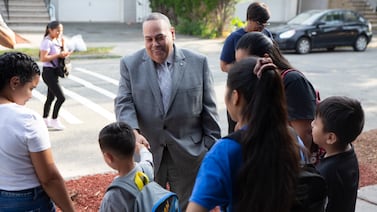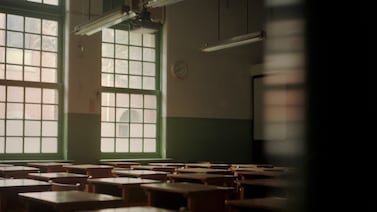A montage of Benito Juarez Community Academy school photos flashes across the screen as a voiceover of a student discusses how life has changed since the start of the pandemic: “It’s like a whole different world we had to go through.”
Another student reveals: “I became disassociated with the world that I had lived in.” A third describes becoming more civically engaged following the murder of George Floyd: “I’m more socially aware of how things are.”
That is the opening of “Black and Brown Unity through COVID,” a nearly 6-minute film produced by students at Benito Juarez, which aims to elevate the voices of young people the filmmakers felt were missing from the coverage of Floyd’s murder at the hands of Minneapolis police and the protests that followed.
The movie is part of a Chicago Public Schools initiative called “Shifting Chicago Narratives,” which also includes works by students from Curie High School, Hyde Park Academy, and Phoenix STEM Military Academy focusing on the pandemic’s impact on students, a robotics program, and how an organization is engaging young people on Chicago’s South Side
With the help of groups such as Thrive Chicago and We Are Light, students were put behind the lens to tell their own stories, using iPhones and Shure microphones. Over the span of 11 weeks, students were provided weekly instruction and discussions. Earlier this month, students debuted their films at the Gene Siskel Theater in Downtown Chicago. The films can be viewed here.
At Benito Juarez, Angel Melvin, Yotzin Tzintzun, Addis Quiterio, and Jose Guzman Jr. explored Black and Latino Unity and the impacts of the coronavirus pandemic.
Watching news of the George Floyd protests, Angel Melvin noticed media coverage describing racial tensions between the Black and Latino community. But this wasn’t the reality she experienced at Benito Juarez.
So the 17-year-old junior and her peers set out to elevate the voices of young people that seemed to be largely absent in the coverage.
News stories focused on “a divide between Black people and Mexican people,” Angel said. “I wanted to show the other side of it because the news was only portraying that Black and Brown peoples against each other which was not the case at all.”
That representation, she added, was necessary.
In May 2020, bystander video showed now-convicted Minneapolis police officer Derek Chauvin, who is white, pinning Floyd to the ground with his knee for nearly nine and a half minutes as onlookers yelled for the officer to stop. Floyd’s murder sparked protests for racial justice across the country.
In some instances, the protests and instances of isolated looting resulted in racial tension in some Chicago neighborhoods. But activists and youth led marches against anti-Blackness in an effort to quell tensions and show solidarity between the Black and Latino community.
In the film made by the Benito Juarez crew, students describe being isolated at home while watching coverage of Floyd’s murder and its aftermath.
“It really shook me up into my core,” a student says in the film, as he walks down a hallway at the school. “I started learning more.”
The film also features a montage that includes a glimpse of a Floyd mural, news clips of Floyd’s arrest, protests, and police response, photos of Floyd and his children – and interviews with students reflecting on their feelings and experiences as unrest roiled their city.
One calls the mistreatment of Black people compared to other racial groups “unfair.”
Another said she wanted more justice. A third says she supported the riots and protests.
“People were angry. I was angry,” she says. “He should not have been murdered.”
Asked about Black and Brown solidarity, a teacher describes the work of groups in Little Village and North Lawndale to unite the Black and brown communities.
Sophomore Jose Guzman Jr. said he was grateful for his peers’ vulnerability and was captivated by their stories and willingness to share the struggles they faced during the pandemic.
For 17-year-old Addis Quiterio, elevating the voices of young people to highlight what they’ve learned and show that representation was important.
During the interviews, Jose, who is 15, heard from his Latino classmates who went out to protest or got involved in clubs to show the Black community they were “loved and appreciated.”
It was a “heartwarming experience to see that,” he said.
He also noted that he learned about his classmates’ resilience through the trauma from the COVID-19 pandemic and social unrest brought on by Floyd’s murder.
In reflecting on the experience, Angel said she hopes people change their perspective on Black and Latino youth and stop perpetuating negative stereotypes.
With every showing of the film, the junior believes the project “rewrites our narrative.”
“It shows us that Black people and Brown people [are] not just minorities,” Angel says. “We’re more than that. We’re filmmakers. We’re future speakers ... These are our future lawyers.”
She wants people to recognize that and for Black and Latinos voices to be “valued.”
Mauricio Peña is a reporter for Chalkbeat Chicago, covering K-12 schools. Contact Mauricio at mpena@chalkbeat.org.

